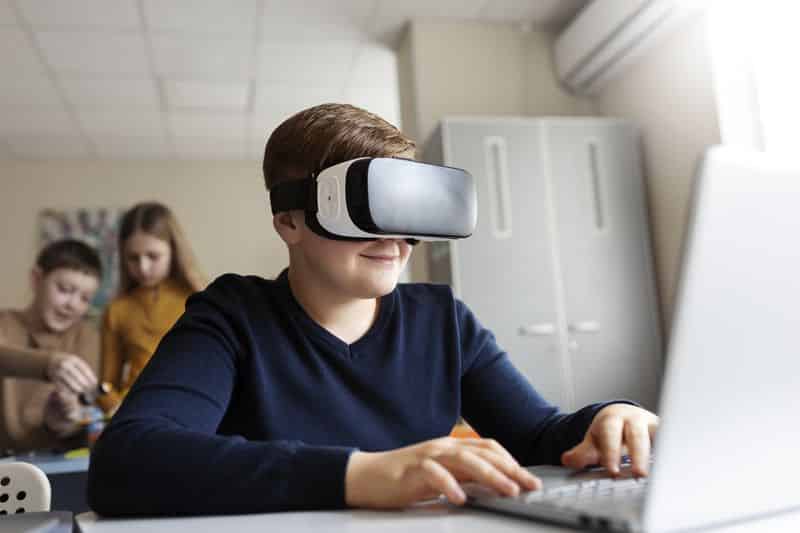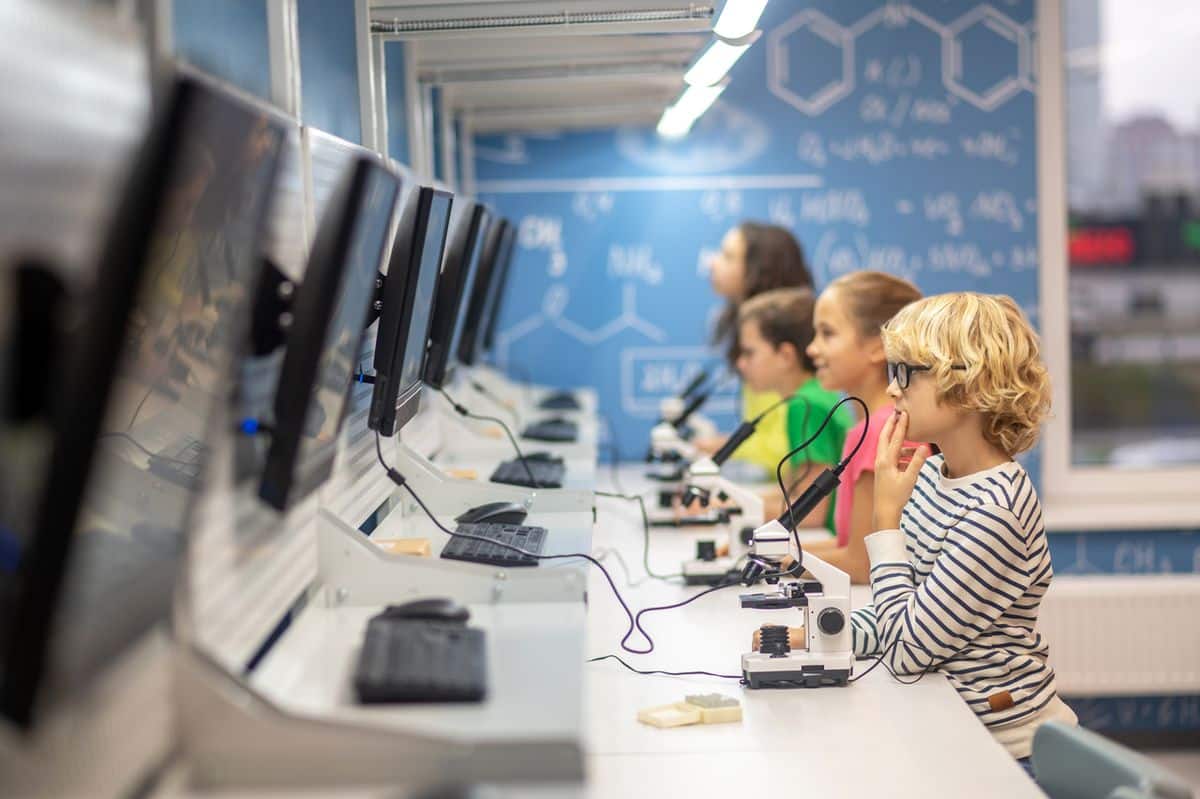You don't have to be very old to have experienced the classic master classes in which the teacher was the only protagonist: in them, it was normal for the students to sit and listen attentively to the corresponding lesson, with hardly any interaction beyond resolving the doubts they had. could arise. However, in recent years active methodologies and the use of different technologies have been gaining ground in classrooms and have transformed this scenario substantially. It is something that is seen in classrooms, but also in education events held around the world: placing the student at the center of their own learning, learning based on practice or the ability to personalize it according to each student are always common points.
The most prominent active methodologies
Most active methodologies are based on real-life situations and the work is done as a team. And in all of them, the students are always the protagonist of their learning. But which are the most notable? What skills do they allow students to develop?
Project Based Learning (PBL)
Its main promoter was the educator William H. Kilpatrick, who developed the concept in his article 'The Project Method'. With it, students work on specific projects that require research, problem solving and creativity. Among its benefits are issues such as promoting collaboration and critical thinking, or the possibility for students to apply their knowledge in real situations, facilitating a deep and meaningful understanding of the contents.
Cooperative learning (CA)
In this active methodology, which was coined at the end of the 18th century by experts Joseph Lancaster and Andrew Bell, work is done in teams in which each student has a specific role and responsibility within a common objective. In this way, they can develop social skills such as empathy, while fostering the ability to work as a team and promoting respect for different points of view.
Inverted learning or 'flipped classroom'
It emerged in the United States in 2007, when two teachers, Jonathan Bergman and Aarom Sams, began recording video explanations for students who, for various reasons, could not attend class. With it, students study the content at home through videos or readings, while in class they focus on problem solving and practice. Thus, it makes it possible to personalize learning, since each student studies at their own pace and improves the use of time in the classroom to resolve doubts and apply knowledge.
Service-Learning (APS)
This methodology combines learning with social commitment. Thus, students learn while developing community actions, wherever there is a need. It was born in the United States in 1903 at the University of Cincinnati as a cooperative education movement, where work, service and learning are integrated in a connected way.
Key technologies for active learning
Along with active methodologies, technology has also come to occupy a key place in education as a tool: thanks to it, it is possible to personalize learning, motivate students, promote their digital skills or improve collaboration and teamwork. Among the technologies most used in classrooms today are:
Artificial Intelligence (AI)
It is, without a doubt, the great trend today due to its multiple possibilities, which include analyzing learning data, offering personalized recommendations for each student, identifying areas for improvement or even the creation of all types of content or personalized itineraries that They help optimize the learning process.
Virtual reality (VR)
This technology allows you to explore immersive environments or overlay visual information on the real world, making learning interactive and engaging. With it, experiential learning is facilitated in complex topics, such as history or anatomy, improving understanding and retention of concepts.


Educational platforms
These are digital systems designed to facilitate learning, communication, teaching and educational management. These platforms integrate tools and resources in a single virtual space, accessible from anywhere and can be used by students, teachers and administrators, or even families themselves.
Online collaborative tools
Platforms such as Google Workspace for Education, Microsoft Teams and other collaborative tools facilitate remote group work. In this way, collaborative learning is enhanced regardless of the location of the students, digital skills are developed, and teamwork is encouraged in a flexible manner.
Distance training
Thanks to different technologies, distance learning has an increasing presence in the educational system, allowing you to study almost any content from wherever and whenever you want. With it, learning is personalized and adapted to the needs and rhythms of each student.

